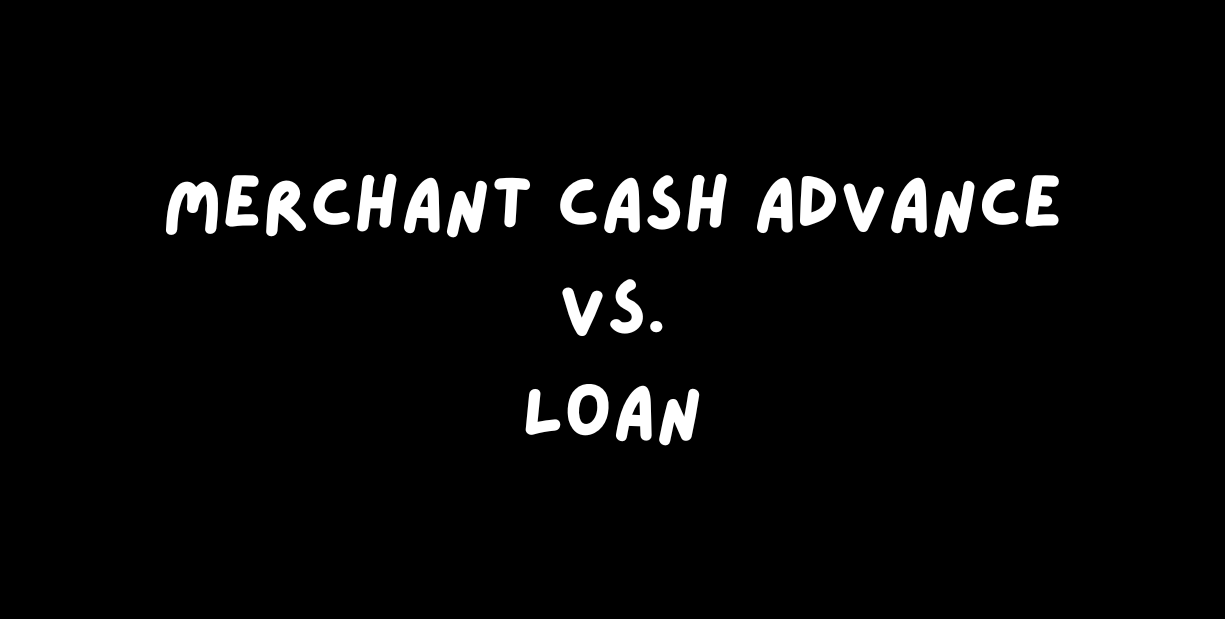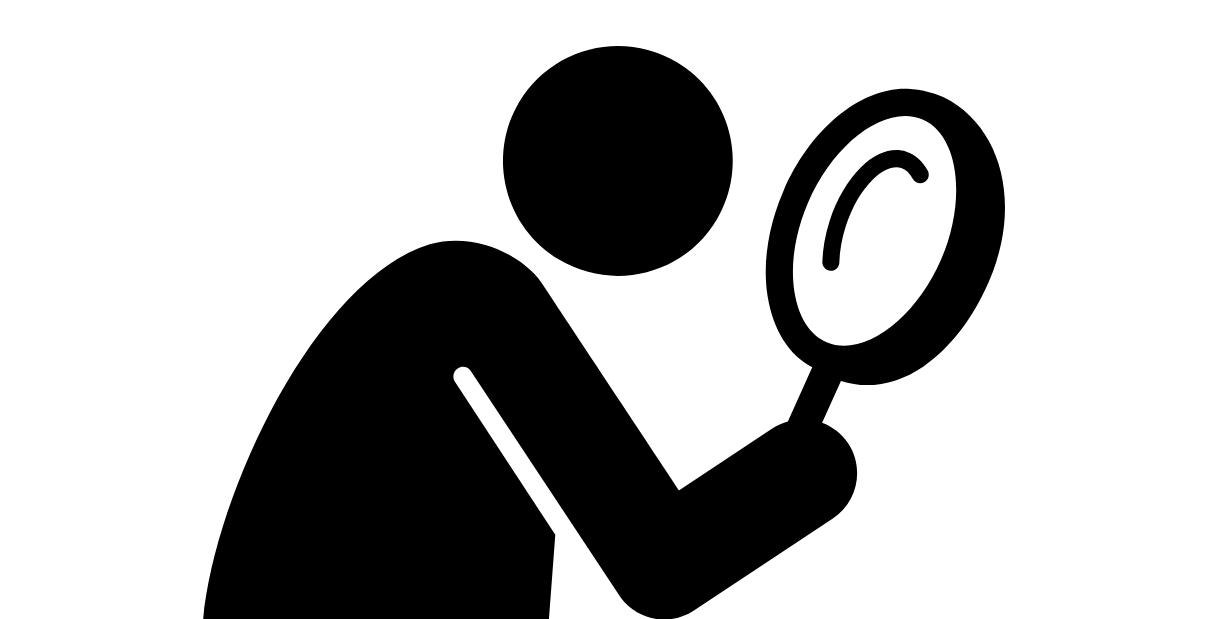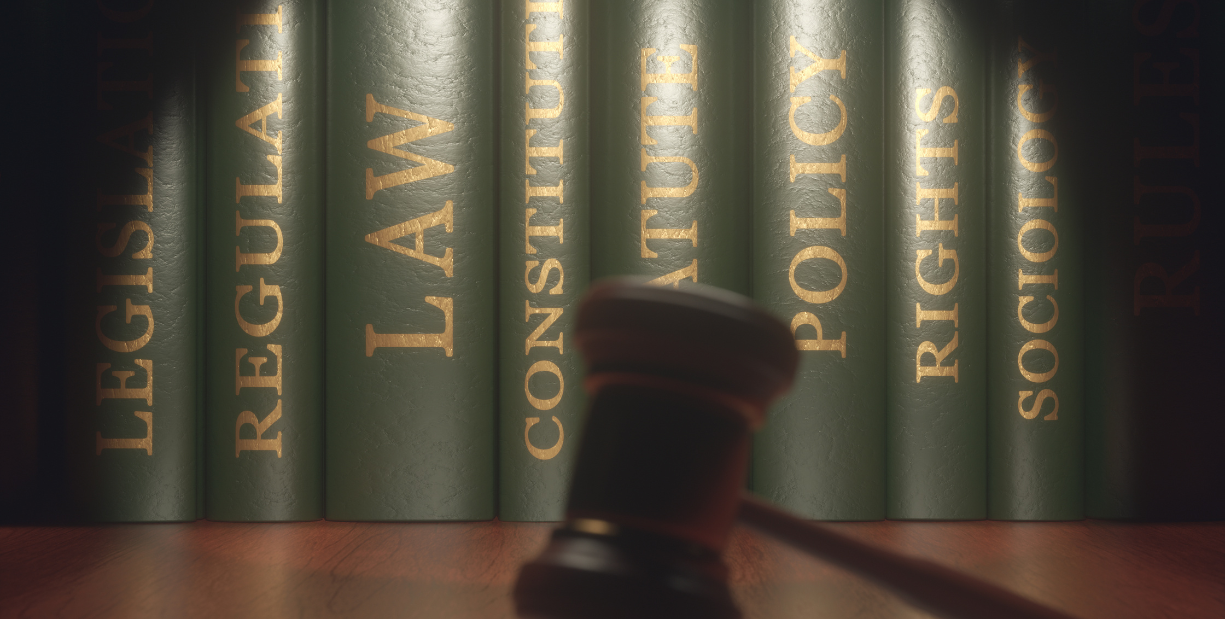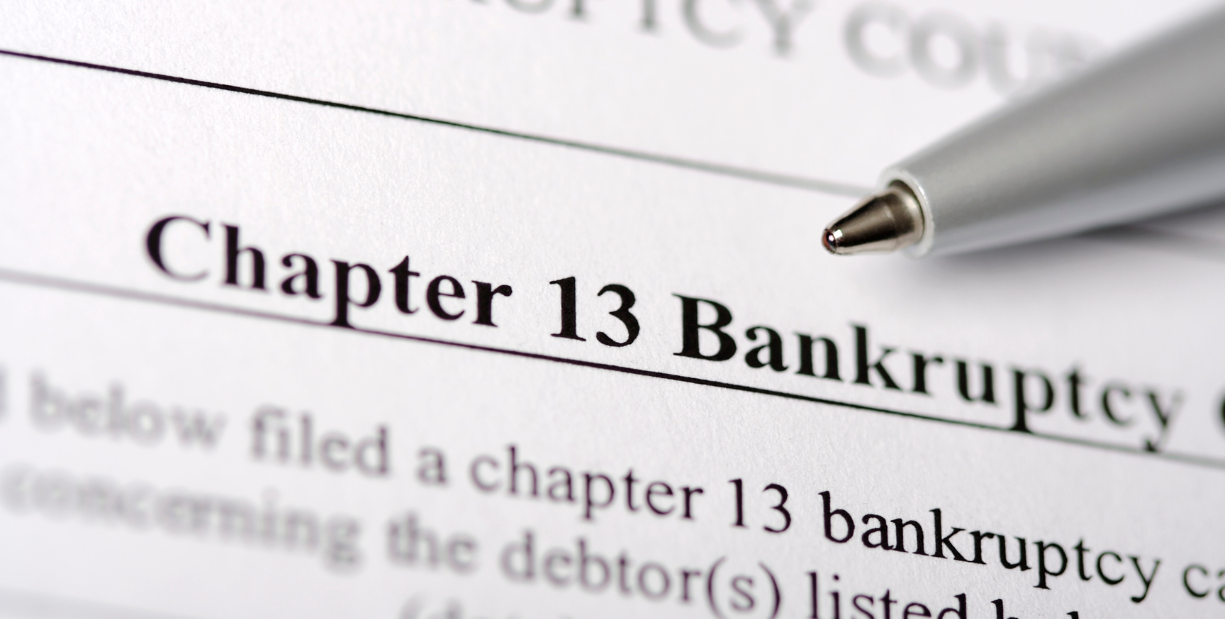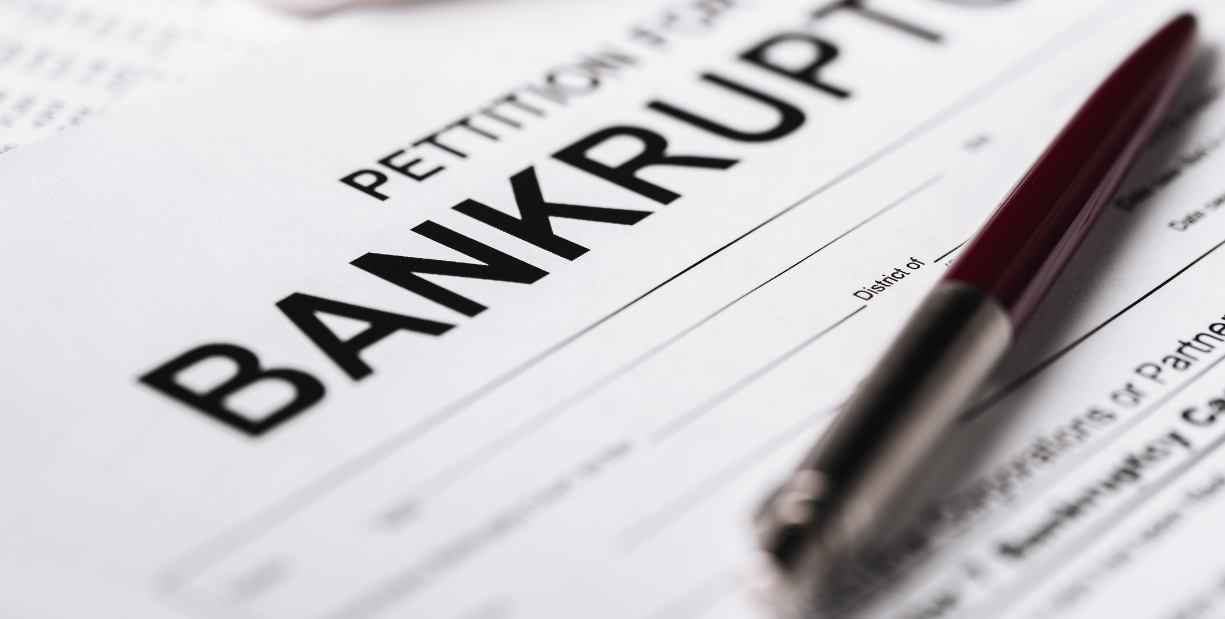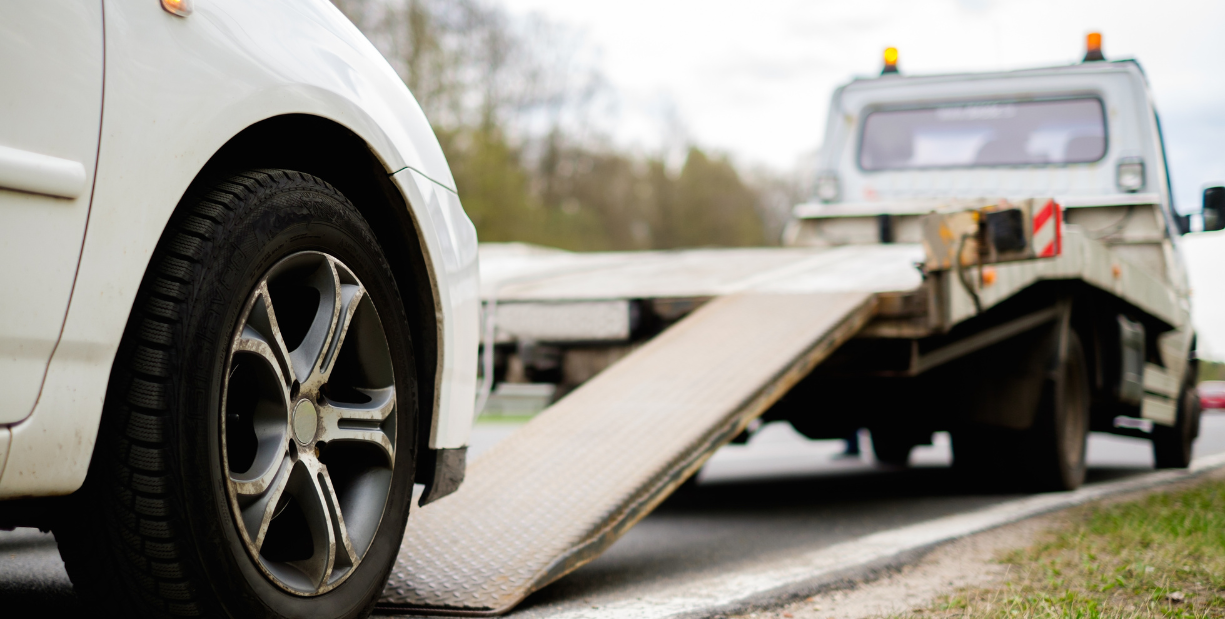Chapter 7 Bankruptcies: A Fresh Start or Final Resort?
Chapter 7 Bankruptcies: A Fresh Start or Final Resort?
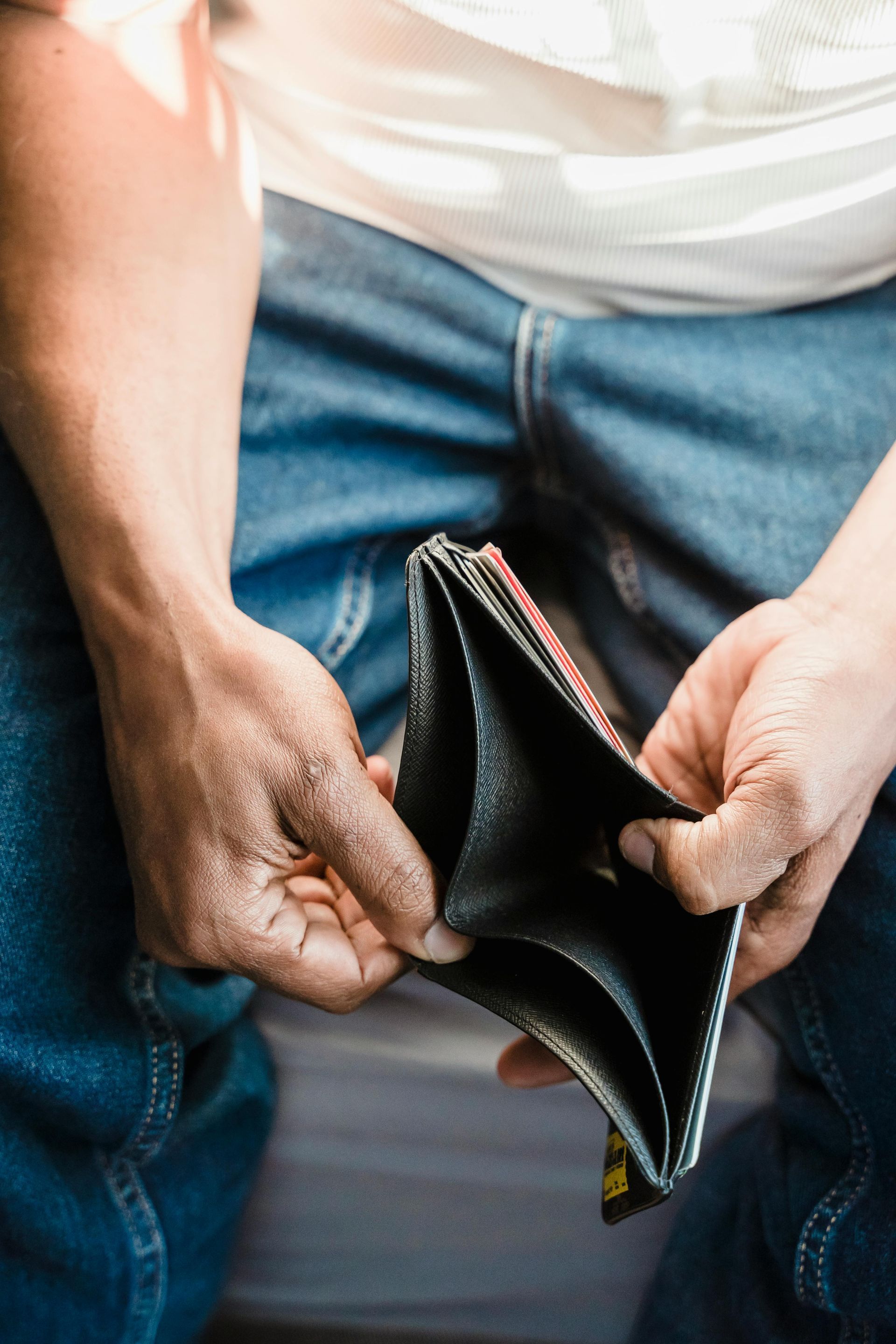
What is Chapter 7 Bankruptcy?
Chapter 7 bankruptcy, also known as "liquidation bankruptcy," is designed to give individuals and businesses relief by discharging their debts in exchange for the liquidation of certain assets. It’s often referred to as a “clean slate” bankruptcy because, in many cases, it wipes out most unsecured debts.
How Does Chapter 7 Differ From Other Types of Bankruptcy?
While Chapter 13 allows you to reorganize and pay off your debts over time, Chapter 7 focuses on quick debt relief by selling off non-exempt assets to settle with creditors. Unlike Chapter 11 (for businesses) or Chapter 13 (for individuals with steady incomes), Chapter 7 is the fastest way to clear your debt.
Who Can File for Chapter 7 Bankruptcy?
To qualify for Chapter 7, you’ll need to pass a “means test.” This test compares your income to the median income in your state. If your income is below that threshold, you qualify. Those with higher incomes may need to file for Chapter 13 instead.
Debts You Can Discharge in Chapter 7
The beauty of Chapter 7 lies in the fact that it can eliminate many common debts, including:
- Credit card balances
- Medical bills
- Personal loans
- Utility bills
- Some legal judgments
Debts That Can’t Be Discharged
However, not all debts are wiped out. The following debts usually survive Chapter 7:
- Student loans (except in rare hardship cases)
- Child support and alimony
- Certain tax debts
- Government fines and penalties
The Chapter 7 Bankruptcy Process
Step 1: Filing the Bankruptcy Petition
Filing the petition kicks off the Chapter 7 process. You’ll need to gather documents outlining your debts, income, assets, and expenses. After submitting the petition, the court assigns a trustee to your case.Step 2: The Automatic Stay
Once you file for Chapter 7, an automatic stay goes into effect, preventing creditors from pursuing collections, garnishments, or foreclosures. It’s like hitting the pause button on your financial chaos.Step 3: Appointment of a Bankruptcy Trustee
The bankruptcy trustee is responsible for reviewing your case, selling non-exempt assets, and distributing the proceeds to creditors.Step 4: Liquidation of Non-Exempt Assets
In Chapter 7, non-exempt assets are sold off. However, many states allow you to keep essential items, like your primary residence, some personal belongings, and a portion of your car's equity.Step 5: Meeting of Creditors
The trustee will arrange a meeting of creditors. Don’t panic—creditors rarely show up. The trustee’s goal is to clarify any details about your finances and assets.Step 6: Discharge of Eligible Debts
Once everything is settled, the court discharges your eligible debts. This is the moment of relief when you can begin your fresh financial start.What Happens to Your Assets in Chapter 7?
Exempt vs. Non-Exempt Property
Exempt property includes items you’re allowed to keep, such as clothing, tools of your trade, and often your home. Non-exempt property includes luxury items like boats, secondary homes, or valuable jewelry, which are subject to liquidation.
What Happens to My Home?
In many cases, you can keep your home, especially if its equity falls under the exemption limits in your state. However, if you're behind on mortgage payments, you may risk foreclosure unless you catch up.
What Happens to My Car?
You can often keep your car if the equity doesn’t exceed exemption limits. But if you have significant car equity or multiple vehicles, the trustee may sell one to pay creditors.


